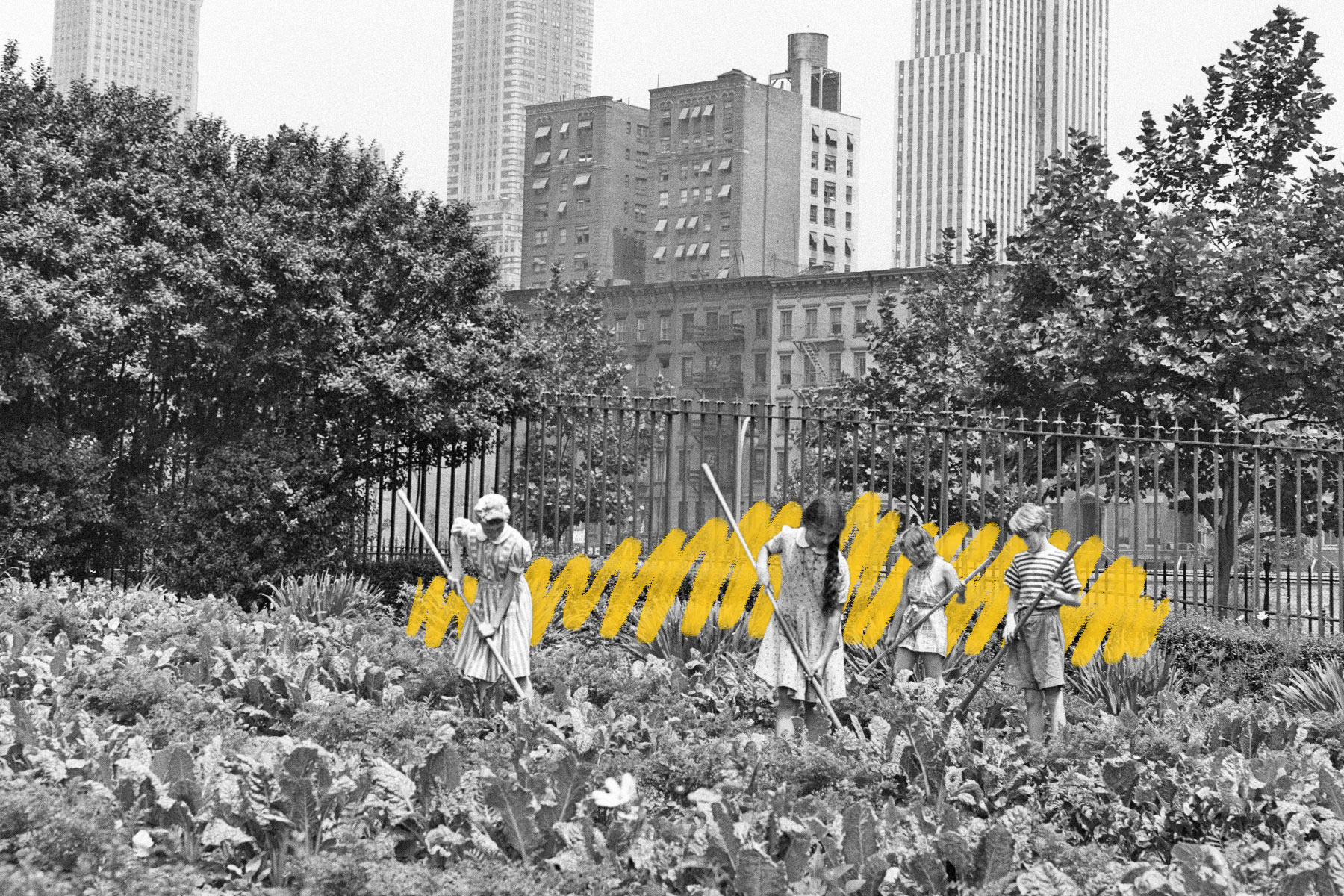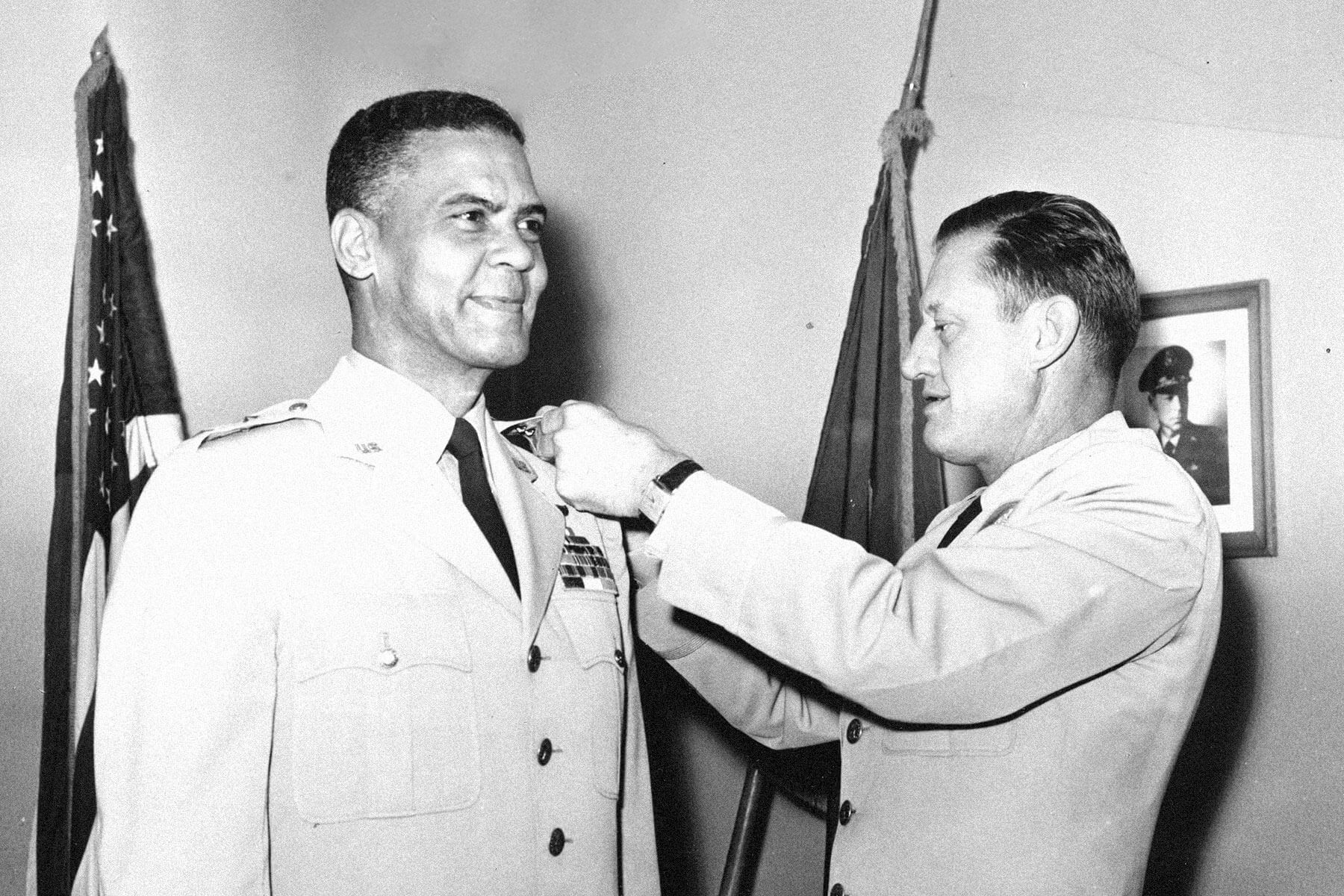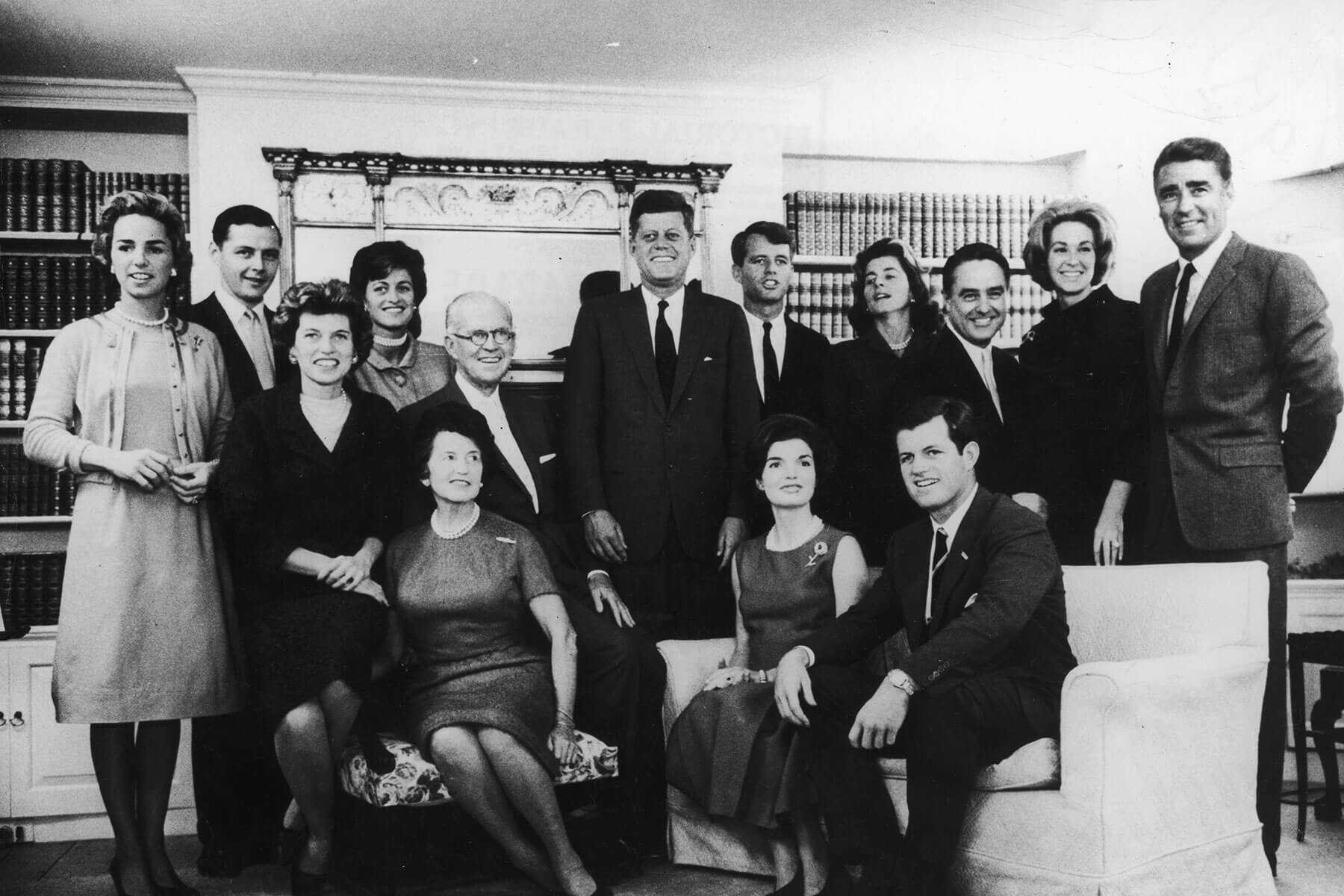| I n the spring of 1942, a new problem was emerging in wartime America: food shortages. Most commercial crops were sent overseas to the troops, and anything left over couldn't be distributed to civilians around the country due to wartime supply chain complications. Food rationing was implemented to remedy the situation, but it did little to curb the hunger pangs of millions of Americans, who turned to a food production plan that had emerged decades earlier during World War I. In March 1917, the National War Garden Commission encouraged private citizens to "sow the seeds of victory" and grow produce to feed people at home and abroad. School grounds, vacant lots, and backyards were transformed into bountiful gardens, which became known as "victory gardens." |
|
| Victory gardens came back bigger and better than ever during WWII, succeeding thanks to the cooperation of schools, government agencies, businesses, and private civilians. The movement was heavily promoted by the government through propaganda posters and messages, and although victory gardens weren't mandated, many Americans embraced the idea as a patriotic duty. It didn't take long for millions of victory gardens to sprout up around the country, producing bushels of carrots, kale, lettuce, beans, cabbage, and other veggies. The gardens came in all shapes and sizes, from tiny window boxes to grow a few tomato plants to large community plots that could feed several families — every bit helped. By 1944, a year before the end of the war, an estimated 20 million victory gardens had produced around 8 million tons of food for U.S. troops and civilians. Even First Lady Eleanor Roosevelt planted one right on the White House lawn. |













No comments:
Post a Comment